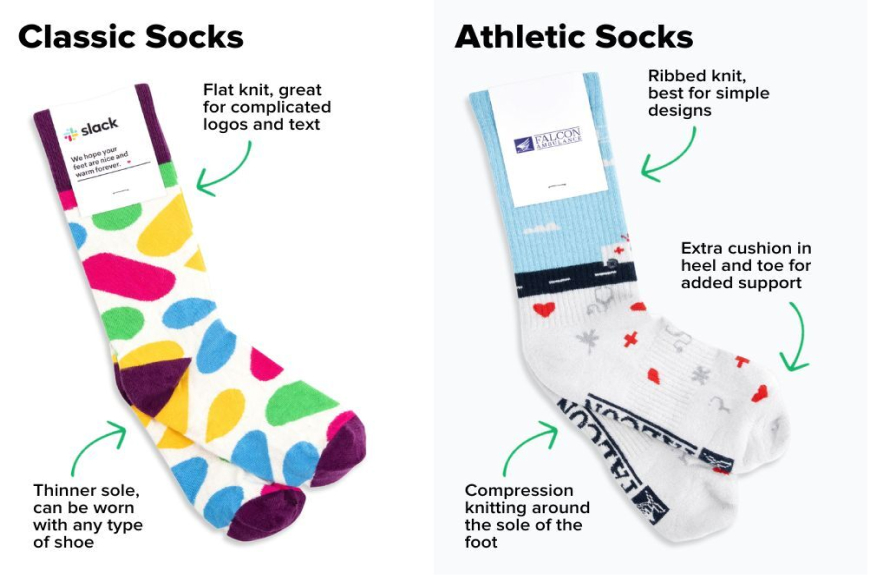Running in socks has become a topic of interest for many athletes and fitness enthusiasts. While it may seem unconventional, there are both advantages and drawbacks to this practice. In this post, we'll explore the pros and cons of running in socks, as well as some best practices for those who choose to give it a try.
The Pros of Running in Socks
Running in socks can provide a unique sensory experience. Many runners report feeling more connected to the ground and having better proprioception. This increased awareness can lead to improved form and a more natural running stride. Additionally, socks offer a lightweight alternative to traditional running shoes, which may appeal to minimalist runners seeking a barefoot-like experience.
For those who suffer from Achilles tendonitis, running in socks might provide some relief. The absence of a heel cup can reduce pressure on the affected area, potentially alleviating discomfort during exercise.
The Cons of Running in Socks
Despite the potential benefits, running in socks comes with significant risks. The lack of cushioning and support can lead to increased stress on joints and muscles, potentially resulting in injuries. Without proper protection, runners are more susceptible to cuts, blisters, and other foot-related issues.
Moreover, running in socks offers little to no traction, which can be dangerous on slippery or uneven surfaces. This lack of grip may increase the risk of falls and accidents, especially when running outdoors or on treadmills.
Best Practices for Running in Socks
If you decide to try running in socks, it's essential to take certain precautions. Start with short distances on smooth, clean surfaces to allow your feet to adapt gradually. Consider using compression socks to provide additional support and improve blood circulation.
Choose high-quality, moisture-wicking socks designed for athletic activities. Some runners prefer custom sports socks that offer a perfect fit and personalized style. Pay attention to the thickness and material of the socks, as these factors can significantly impact your running experience.
It's also crucial to maintain proper foot hygiene and inspect your feet regularly for any signs of irritation or injury. If you experience persistent pain or discomfort, consult a healthcare professional or consider switching back to traditional running shoes.
Alternatives to Consider
For those intrigued by the concept of minimalist running but hesitant to go sock-only, there are alternatives worth exploring. Many athletic sock brands offer specialized running socks that provide a balance between protection and sensory feedback. These socks often feature reinforced soles and moisture-wicking properties, making them suitable for various running conditions.
Another option is to invest in minimalist running shoes or "toe shoes" that offer a barefoot-like experience while still providing some protection. These alternatives can be a good compromise for runners looking to transition away from traditional running shoes.
Wrapping Up
Running in socks is a practice that comes with both potential benefits and risks. While it may offer a unique sensory experience and appeal to minimalist runners, it's essential to approach this method with caution. By following best practices and listening to your body, you can determine whether running in socks is right for you. Remember, the most important aspect of running is to find a method that keeps you comfortable, injury-free, and motivated to maintain your athletic pursuits.


